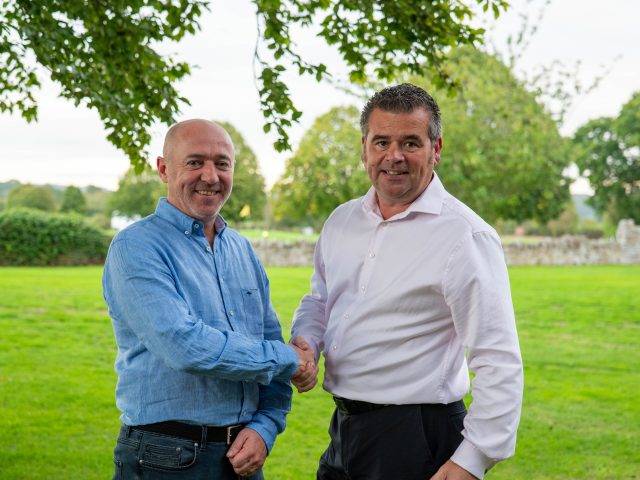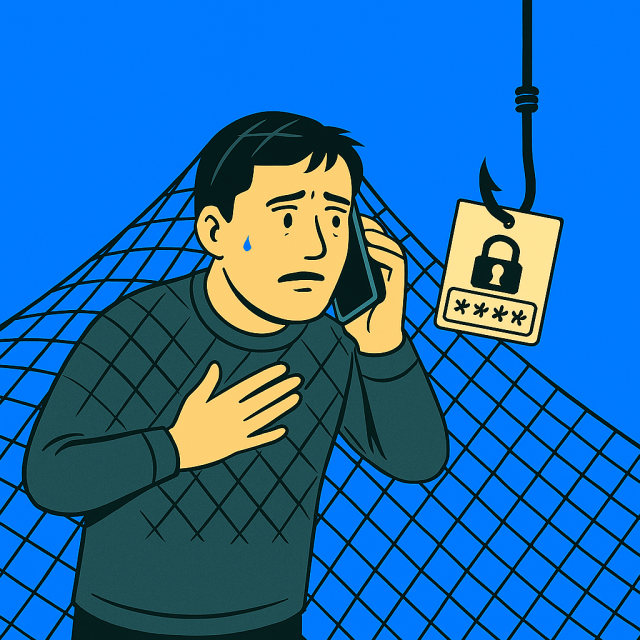
5 Backup and Disaster Recovery Myths to Avoid
Business continuity is a well-established area of IT, so why is there so much confusion? In this blog, we debunk the 5 most common myths we encounter here at Ekco.


Despite being fundamental to business continuity, there is still a lot of confusion between backup and Disaster Recovery (DR). Given the strategic importance of these technologies, however, clarity is essential. In this blog, we aim to clear things up once and for all.
Backup and DR are mature concepts, so it’s surprising that there’s confusion between the two. Perhaps it’s because backup and DR solutions are often marketed as complete, one-size-fits-all solutions, blurring the lines between one another. Whatever the reason, the reality is these are two distinct and different functions and so must be treated as such. Otherwise, your recovery strategy could be ineffective.
You need to be able to recover files, or complete systems, as quickly and efficiently as possible. In this blog, we’re setting the record straight and busting five of the most common myths we regularly encounter when it comes to backup and DR.
1. Backup is Enough
Put simply, backup and DR are not the same. Backup tools are used to take regular copies of files and folders for quick and easy restoration in the event of a small-scale deletion, corruption or loss. You can think of it like “I’ve broken a file and I want to recover it from an hour ago.”
Disaster Recovery is far more in-depth; think of it as your lifeline when your entire company is down but needs to keep working. DR wraps up the technologies and processes required to bring one or all of your applications (including data) back online after a serious incident (literally a ‘disaster’ – outage, cyberattack, ransomware infection, fire, flood etc). Typically, this will include fail-over systems to a secondary data centre, another cloud platform or another region in the public cloud. Using an off-site location enables you to bring systems, applications and data back online quickly and efficiently while urgent repair work is conducted in your own data centre.
Because these two functions restore at very different levels, backup alone isn’t enough to bring company operations back online in the event of a ransomware attack, for example. Both DR and backup need to be considered and implemented to ensure your organisation keeps moving forward.
2. Technology Will Save the Day
Technology offers solutions to almost all the challenges your business faces. However, technology on its own solves nothing – which is why mission-critical processes need to be examined from a non-IT perspective too.
Effective DR provisioning is focused on minimising business risk. Any technical solution needs to be assessed and configured according to your priorities. This means assessing and prioritising operations first, allowing you to know how fast you need your systems to be back up and running. Remember that not all applications have the same impact on your business if they go down – some must be recoverable within a minute while you could lose a day’s worth of data from your Active Directory, for example, with far less operational impact.
Once you stop thinking about technology and focus on the applications and their relative operational importance, you can make clearer, better-informed recovery decisions. In an ideal world, all your systems could be backed up and recovered in real-time – but the cost would be prohibitively expensive. Instead, by assessing the relative importance of each application, you can define a tiered strategy built around your priorities, using slower, cheaper recovery options for less critical systems to save money.
3. Everything Just Works
The beauty of backup and disaster recovery technology is that once configured it should just work. Indeed, these technologies are designed to be reliable and resilient so your data is always available when you need it. But recovery procedures need to be tested – regularly – to ensure everything is ready to go in an emergency.
Regular DR testing will confirm that your data is available and recoverable. It will also identify where your DR plan needs to be adjusted to align with the changing priorities of your business. Because the worst time to discover there’s a problem with your disaster recovery provisions is when you are using them for real.
4. DIY is Cheaper
Every IT function managed in-house represents a saving – at least in terms of budgets. Maximising budgets is important, but there are other factors to consider that may affect the total cost of ownership (TCO). Without careful analysis, you may find that the TCO exceeds headline costs, eliminating savings over the service term.
First, you need the right blend of skills and resources to configure, maintain and execute the disaster recovery plan quickly. For mission-critical operations, this means having people available 24x7x365 to deal with any emergency the moment it happens. If you cannot sustain that level of coverage, downtime incidents will take longer to resolve – and therefore increase the cost to your business.
Depending on your business activities, one additional hour of downtime could mean losses by tens of thousands of pounds – far more than the cost of outsourcing DR to a fully staffed, fully resourced third party like Ekco.
5. If It’s in the Cloud, It’s Safe
The cloud has helped businesses access services that drive operational efficiency without the overheads of managing and maintaining the application in-house. The cloud has also helped to increase operational resilience by shifting important data offsite where it is protected against local failures and outages – and SLA guarantees from the service provider.
However, the cloud is not a failsafe and backup for disaster recovery is not a standard aspect of operations. Most providers offer a maximum of 30 days of backup protection; anything lost, deleted or corrupted 31 days previously will be unrecoverable. It is not unusual for businesses to realise data is missing only after that 30-day window has closed because their systems have been available and functional throughout.
The modern disaster recovery strategy must address data and systems held locally and in the cloud. Simply hosting data and applications offsite is no guarantee.
These Myths are Dangerous
Any one of these myths poses a serious risk to your operations because they create a false sense of security. Now you understand the pitfalls, you can also begin to see how they could affect your business, increasing downtime and costs and affecting the service you provide to customers.
Ekco partners with a range of DR and backup solution providers – including Zerto, Veeam, StorageCraft, Ahsay and Asigra – so we can mix and match technologies to build a bespoke solution that fits requirements across your entire business. We can also help you balance operational priorities with budget constraints depending on the data or application, who needs it and what it means for your business to be without it.
By carefully analysing your current infrastructure, Ekco identifies and resolve problems with your business continuity provisions before disaster strikes. We can also audit your needs to deliver a plan that aligns compliance, risk, user experience and cost. And we’ll also help you test your DR plans regularly to ensure they remain fit for purpose.
To learn more about our disaster recovery services and how Ekco can help your business maintain operations in any eventuality, get in touch with us today.

Question?
Our specialists have the answer



